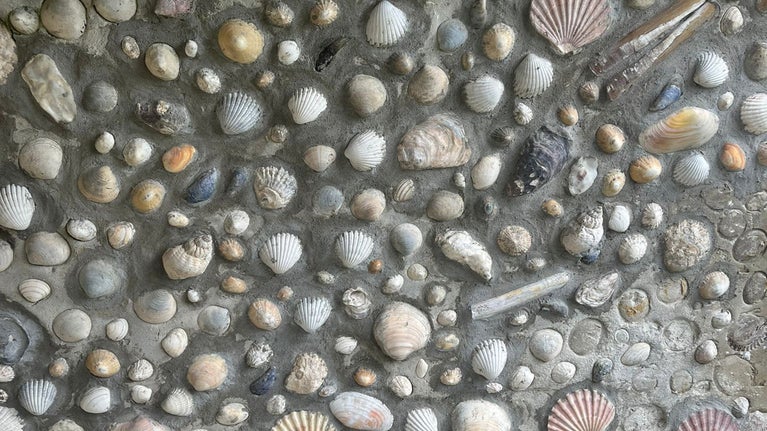
Donate
Everyone needs nature, now more than ever. Donate today and you could help people and nature to thrive at the places we care for.

In July 2021, one of the columns on the shell house rotted away at the base and collapsed, leaving it unsafe. A temporary post was installed in order for the roof to be stabilised. Thanks to the generous contributions from our community, particularly through fundraising efforts at Springhill’s second-hand bookshop, the first major step in the conservation project has been successfully completed. The supporting columns have been meticulously reinstated by our dedicated team of rangers, volunteers, and specialised conservators.
The shell house at Springhill was created by the Lenox-Conyngham family in the late 19th or early 20th century. It was a decorative shelter in which to read, take tea, and enjoy the sights and fragrance of the garden. It has survived in remarkably good condition over the past hundred years, but time and weather have taken their toll. The Trust is now taking the shell house into the future with a major conservation project, so that visitors can continue to enjoy this quiet corner at Springhill.
The restoration of the Shell House is an ongoing project, with several key phases already completed:
In July 2022, one of the supporting columns collapsed due to the wood rotting. The first step of conservation has taken place and the roof is now safely secured. Some further construction work to the roof tiling is still needed, as several tiles have been damaged.
July 2024 - The second step now is for any broken shells to be carefully replaced by a specialised shell artist, who will be using shells sourced from the local coastline. Shell artist Paula Cooke from Coastal Creations Ireland has been carefully replacing broken shells with locally sourced and specially selected pieces, ensuring the Shell House is restored to its former glory. Visitors can also explore an interactive display of rare shells and corals in the barn.
The shells are cleaned once a year by our conservation team, using gentle soapy water and toothbrushes. The shells have a tendency to turn green as they are exposed to the elements, and as a result, over the years some of the shells have naturally crumbled and disintegrated.
An archaeologist has been out and carried out a full survey and photo mapping exercise of the shellhouse, so there is a good record of its current condition pre-restoration.
If you would like to support this project, text SPRING to 70525.


Everyone needs nature, now more than ever. Donate today and you could help people and nature to thrive at the places we care for.
Enjoy a stroll on a historic path leading up to an 18th-century tower through an avenue of beech trees, once a favourite route for the generations that lived at Springhill.
